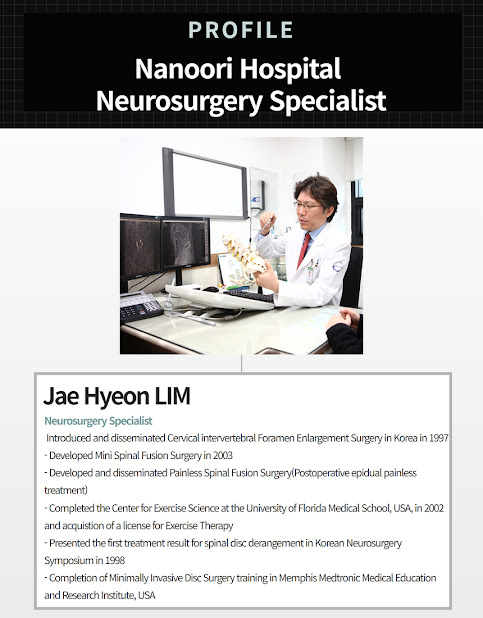All about the Pectus Excavatum
Hello! Today, we’ll be taking a detailed look at Pectus Excavatum, a condition that many people are curious about. In this article, we’ll cover what Pectus Excavatum is, its causes, symptoms, diagnostic methods, and treatment options. 😊
Definition of Pectus Excavatum Pectus Excavatum is a chest wall deformity where the front of the chest appears sunken. It is a congenital condition caused by abnormal development of the cartilage connecting the breastbone and ribs. This condition can affect not only the appearance but also respiratory function.
Causes of Pectus Excavatum The exact cause of Pectus Excavatum is not yet fully understood, but genetic factors are believed to play a major role. If someone in the family has Pectus Excavatum, there is a higher chance of their children developing it as well. It may also be associated with other medical conditions, such as connective tissue disorders.
Symptoms and Diagnosis Patients with Pectus Excavatum may experience various symptoms, including:
- Difficulty breathing: Breathing may become difficult, especially during physical activity.
- Chest pain: Some may occasionally experience chest pain.
- Heart problems: The heart can be abnormally positioned, potentially affecting heart function.
Diagnosis is typically done through a physical examination along with imaging tests such as X-rays or CT scans. These tests help to accurately assess the chest wall structure and plan appropriate treatment.
- Treatment Options Treatment for Pectus Excavatum varies depending on the patient's age and the severity of the symptoms:
- Non-surgical treatment: In mild cases, no specific treatment may be required, but regular check-ups are necessary.
- Surgical treatment: In more severe cases, surgical procedures such as the Nuss Bar or Ravitch procedure may be considered. The Nuss Bar procedure is a minimally invasive technique where a stainless steel bar is inserted through small incisions on the side of the chest to correct the chest wall.
- Expertise at Nanoori Hospital At Nanoori Hospital, precise diagnosis and treatment are provided for both Pectus Carinatum and Pectus Excavatum. Dr. Hyung-Joo Park, a M.D., director at Nanoori Hospital, leads the Thoracic Surgery Department and is recognized worldwide for his expertise, helping many patients.
- Dr. Park's technique
Dr. PARK, Hyung Joo developed a curved shape thoracoscope(Park's Pectoscope) which was specially designed for pectus surgery, allows mediastinal dissection with continuous contact view. In addition, cardiac damage is prevented at the source by completely showing the continuous contact view between the heart and the chest wall, which is difficult to see with a conventional thoracoscope.




Comments
Post a Comment